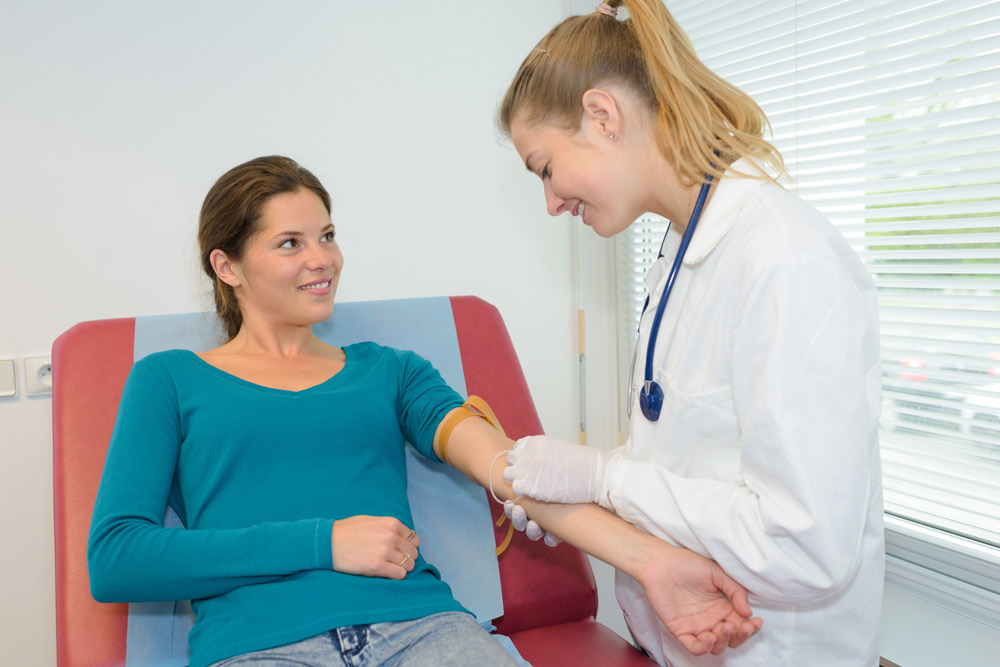How to Obtain Your Phlebotomy License: Step-by-Step Guide to Start Your Medical Career
Embarking on a career in healthcare as a certified phlebotomist is an excellent choice for those passionate about patient care and seeking a rewarding medical profession. Obtaining your phlebotomy license is a crucial step to entering this thriving field. This complete guide walks you through the essential steps, requirements, and practical tips to achieve your goal and start your journey in medical care.
Introduction: Why pursue a Phlebotomy License?
Phlebotomists play a vital role in the healthcare system by collecting blood samples for testing,diagnosis,and treatment. With increasing demand for qualified professionals and the opportunity for flexible work environments, obtaining a phlebotomy license can open doors to multiple career paths in hospitals, clinics, laboratories, and blood banks. Plus, the training is generally shorter and less expensive compared to other medical degrees, making it an accessible entry point into the healthcare industry.
Understanding the Basics of Phlebotomy Licensing
While some states require licensing or certification for phlebotomists, others may simply mandate certification by recognized bodies. It’s vital to check your state’s specific regulations regarding phlebotomy licensing or certification requirements.Typically,obtaining a license involves completing approved training,acquiring practical experience,and passing an examination.
Step 1: Meet the Basic Educational Requirements
Educational prerequisites for aspiring phlebotomists:
- High school diploma or equivalent (GED)
- Basic understanding of anatomy and medical terminology (preferred but not mandatory)
If you haven’t completed high school or its equivalent, focusing on obtaining your diploma or GED should be your frist step.
Step 2: Enroll in an Accredited Phlebotomy Training Program
Choosing the right program:
Select an accredited phlebotomy training program that covers essential knowledge and skills.Accreditation ensures your certification will be recognized by employers and licensing boards.
- Program length: typically 4-8 weeks
- Course content: anatomy, blood collection techniques, safety procedures, and infection control
- Clinical internship: practical hands-on experience in a healthcare setting
Many community colleges, technical schools, and online providers offer credible programs. always verify their accreditation status and reviews before enrolling.
Step 3: Gain practical Experience
Importance of hands-on training:
Practical experience is crucial for building confidence and competence in blood collection techniques.During your training program, you will typically complete a clinical internship, which provides real-world exposure to patient interactions and specimen handling.
Step 4: Successfully Pass the Certification Exam
Choosing the right certification:
While licensing requirements vary by state, moast employers prefer or require certification from recognized organizations such as:
- National Healthcareer Association (NHA) – Certified phlebotomy Technician (CPT)
- American Society for Clinical Pathology (ASCP) – Certified Phlebotomy Technician (CPP)
- American Medical Technologists (AMT) – Registered Phlebotomy Technician (RPT)
Prepare thoroughly for the exam by reviewing coursework, practicing blood draw techniques, and understanding safety protocols. Many organizations offer practice tests and study guides.
Step 5: Apply for Your Phlebotomy License or certification
Request process:
| Step | Details |
|---|---|
| Check State Regulations | Visit your state’s health department website to verify licensing requirements and procedure. |
| Submit Application | Provide proof of graduation from an accredited program, certification exam results, and pay applicable fees. |
| Complete background Check | Some states require a criminal background check to obtain licensure. |
| Recieve License | Upon approval, you will receive your official phlebotomy license or certification document. |
Additional Tips for Success in Your Phlebotomy Career
- Stay updated on state-specific requirements: Regulations may change, so keep informed through official health department channels.
- Invest in ongoing education: Attend seminars or workshops to refine your skills and learn new techniques.
- Develop excellent patient communication skills: Building rapport helps to ease patient anxiety during blood draws.
- Prioritize safety and hygiene: Adhere strictly to infection control protocols to ensure safety for yourself and patients.
Benefits of Becoming a Licensed Phlebotomist
- High demand job market: Certified phlebotomists are in demand across various healthcare settings.
- Flexible work hours: Many positions offer day, evening, or weekend shifts.
- Quick entry into healthcare: Training programs are relatively short, frequently enough completed within a few months.
- Opportunities for advancement: Many phlebotomists pursue further certifications or specialize in areas like IV therapy or laboratory technology.
Case Study: From Student to Certified Phlebotomist
Jessica, a dedicated healthcare enthusiast, decided to pursue a career in phlebotomy. She enrolled in an accredited training program, completed her clinical internship at a local hospital, and passed her certification exam. Within three months, she obtained her license and secured a position at a outpatient clinic. Jessica now enjoys a stable career with opportunities for growth and continuous learning.
Practical Tips for Aspiring Phlebotomists
- Practice blood draw techniques regularly to build confidence and proficiency.
- create a professional resume highlighting your training and practical experience.
- Network with local healthcare providers and join professional associations.
- Always prioritize patient comfort and safety during blood collections.
Conclusion: Take the First Step Toward your Medical Career
Obtaining your phlebotomy license is an achievable goal that can set you on a rewarding career path in healthcare. By following the step-by-step process-meeting educational requirements, enrolling in accredited training, gaining hands-on experience, passing certification exams, and applying for licensure-you can unlock new opportunities to make a difference in patients’ lives. Remember, continuous education, professional advancement, and dedication are key to thriving in this vital medical profession. Start your journey today and take the first step toward a fulfilling healthcare career as a licensed phlebotomist!
